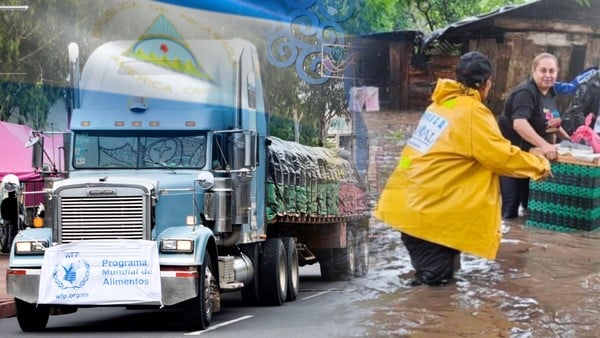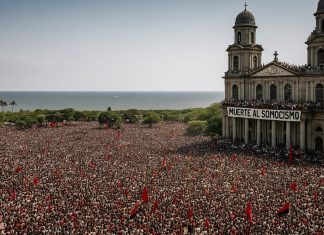
The Government of Nicaragua has made effective the sending of a Heavy Cargo Transport caravan, where food and roof programs are transported for the citizens most affected by Hurricane Julia, in the South Caribbean areas.
The head of the National System for the Prevention, Mitigation, and Attention of Disasters (Sinapred) of the Central American nation, Guillermo González, explained that they have begun «a process of support for the families that were affected by the passage of Hurricane Julia», in reference to the support caravan sent to the most affected areas.
The deputy representative of the World Food Program (WFP) highlighted that in coordination with Sinapred, 2,500 food packages have been sent to at least 12,500 families.
Initially, the Nicaraguan authorities sent 1,500 roof programs «for families in the municipality of Bluefields and Corn Island», likewise, food aid is transferred to the municipality of El Rama, which is considered one of the areas most affected by floods.

Nicaragua continues to pay permanent attention to those affected by the passage of the climatic phenomenon. The brigades are deployed in the risk areas. Citizens are provided with protection, food, and psychosocial care in hundreds of authorized shelters.
You can read: Deportations of minors from the United States to Central America grow by 92%
The State of Red Alert will remain in the national territory due to the collateral damage caused by the winds and rains, which continue to generate the climatic phenomenon, despite its abandonment of Nicaraguan soil, detailed the government authorities.
It may interest you: Climate change made this summer’s drought 20 times, and deadly floods 20% more likely to happen
The families voluntarily wait for the situation to return to normal, to be returned to their homes, where the authorities will also provide attention to the damage in the most vulnerable places.





